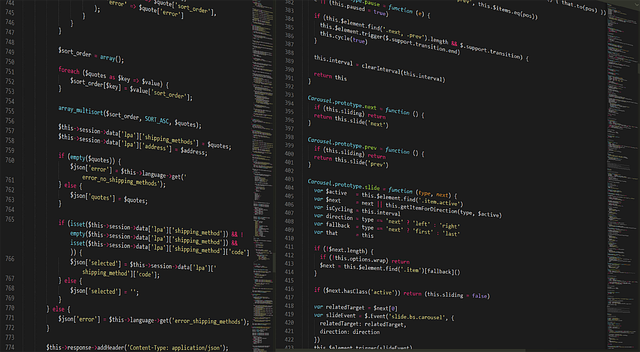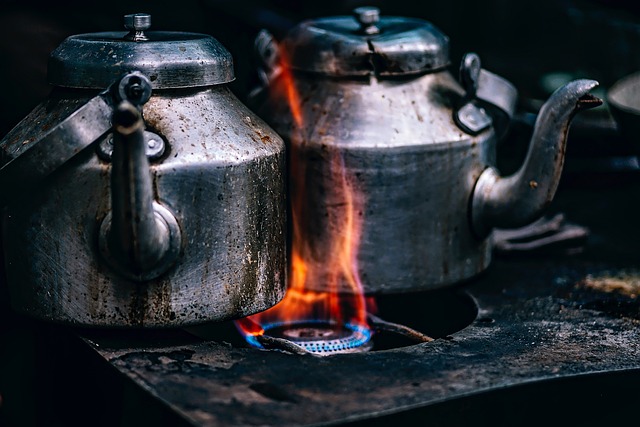Sculpting The Future: Bridging Art and Design in Community Developments
The intersection of art and design plays a pivotal role in shaping the landscapes of our communities. As we embark on community developments, the integration of these two disciplines emerges as a powerful catalyst for not only enhancing aesthetics but also enriching the social fabric of our neighborhoods. It is within this synergy that we can find the essence of what makes a community thrive.
Imagine a bustling town square filled with life—children playing, artists painting, and neighbors gathering. This vision does not emerge from a barren design; it’s the result of conscious choices made during the planning stages of community developments. When artists collaborate with architects and designers, they open the door to unique expressions that resonate with the community’s identity and history.
The Role of Art in Community Developments
Art has the uncanny ability to evoke emotions and provoke thought. Public murals, sculptures, and installations serve not only as decorative features but as storytelling mediums that reflect the community’s heritage and aspirations. They invite participation and invite discussions, reinforcing the bond among residents. As we delve into the world of community developments, let us not underestimate the importance of public art. It can transform ordinary spaces into extraordinary places where people feel connected and inspired.
The Importance of Design in Architecture
While art adds emotional depth, design brings functionality and harmony. Thoughtful architectural designs can enhance the usability of community spaces, ensuring they cater to various activities—from community gatherings to cultural events. Utilizing sustainable materials and innovative design methods directly impacts the well-being of residents, creating environments that promote health, wellness, and a sense of belonging.
When we marry art with design in community developments, we create spaces that not only serve a purpose but also inspire innovation and foster creativity. A playground that incorporates sculptural elements, for instance, does more than provide a play area—it nurtures a child’s imagination while enriching the adult experience, as they appreciate the aesthetic intricacies of the environment.
A Collaborative Approach
The success of integrating art and design in community developments hinges on collaboration. Architects, urban planners, artists, and the community must come together from the outset to ensure that every voice is heard and every need is addressed. Through workshops and open forums, we can cultivate a shared vision that embraces diversity while prioritizing the common good.
In this journey of community development, it is essential to champion local talent. By involving local artists and designers, not only do we empower them, but we also ensure that the final outcome is a genuine representation of the community’s character. This collaborative spirit transforms mere bricks and mortar into a living entity that thrives on the very essence of its inhabitants.
As we look ahead to the future of our communities, let us embrace the interconnectedness of art and design. By recognizing their potential to elevate our environments and enrich our interactions, we can forge pathways to vibrant, inclusive, and sustainable spaces that reflect who we are and who we aspire to be.




